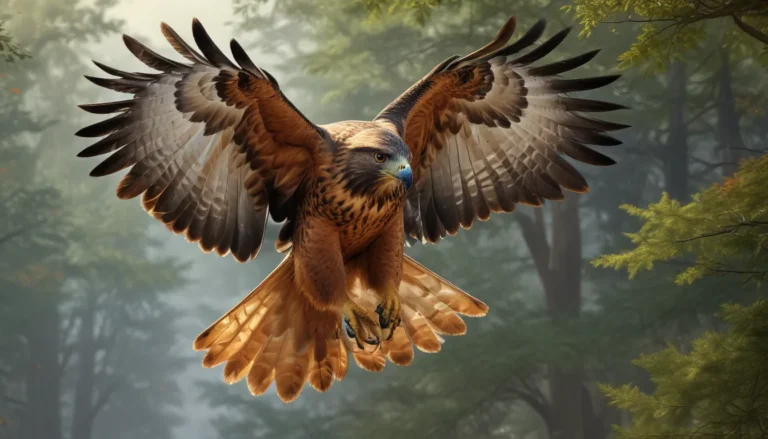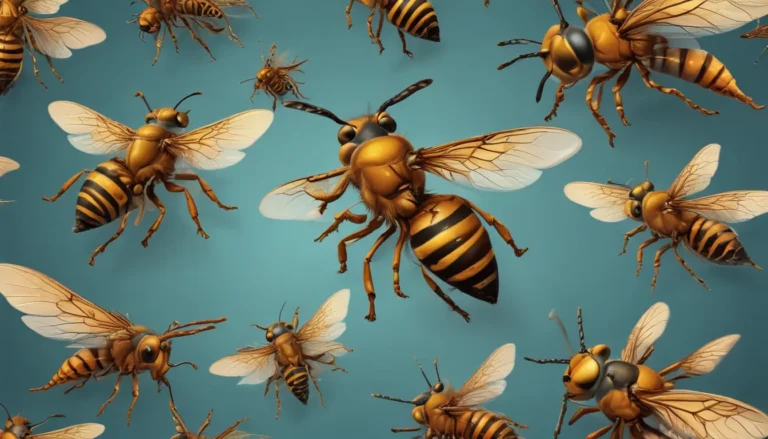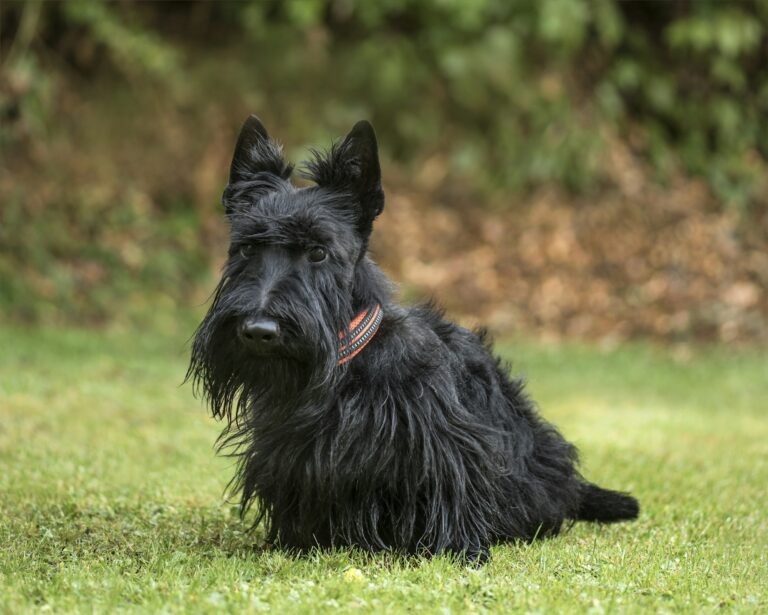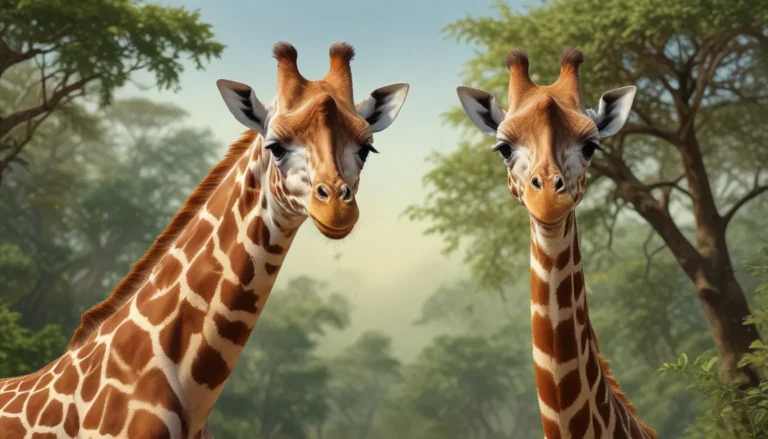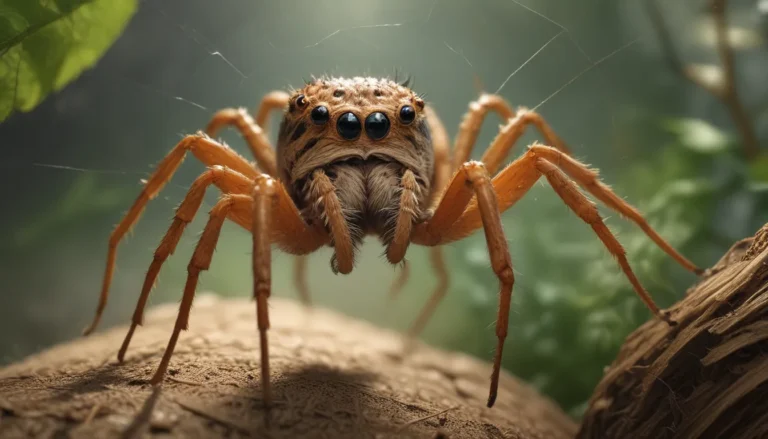The pictures we use in our articles might not show exactly what the words say. We choose these pictures to make you interested in reading more. The pictures work together with the words but don’t take their place. The words still tell you the important facts.
Emus, the long-legged, friendly Australian natives, are truly fascinating creatures. With their unique adaptations and behaviors, emus capture the hearts of many around the world. From their origins to their role in Australian culture, there is so much to discover about these remarkable birds. Join us as we delve into the world of emus and unravel the mysteries surrounding them.
The Enigmatic Name of the Emu
The origins of the emu's name remain shrouded in mystery. Some theories suggest that the name "emu" may have originated from an Arabic word used by Portuguese explorers to describe cassowaries in New Guinea. Others propose that it could have stemmed from a Portuguese term, "ema," used for large birds like ostriches and cranes. Interestingly, the Australian aborigines have their own unique names for the emu, reflecting the diverse cultural significance of these birds.
Unique Adaptations of the Emu
Emus have developed several unique adaptations that set them apart from other birds. Despite their inability to fly, emus exhibit a peculiar behavior of flapping their wings while running, aiding in their balance and speed. The structure of their pelvis and feet, with three toes and thick pads, enables them to cover long distances on foot. Emu feathers, with their ability to absorb solar radiation and varied coloration, serve as effective camouflage in their natural habitat.
The Thriving Habitat of the Emu
Emus are widely distributed across the Australian continent, primarily inhabiting grasslands and woodlands near coastal regions. While historically avoiding desert interiors, human activities have influenced their range expansion. Emus exhibit seasonal migrations to ensure access to food sources and avoid human-populated areas. Their nocturnal habits, including intermittent sleep cycles and unique feather adaptations, contribute to their survival in diverse environments.
The Intriguing Habits of Emus
Emus exhibit fascinating feeding behaviors, consuming a diverse diet that includes insects, plants, and occasionally peculiar items. They have been observed ingesting stones for digestion and even consuming non-food items like charcoal and metal. Emus have minimal drinking requirements, enabling them to survive long periods without water. During the mating season, male emus construct nests and care for the eggs, showcasing their devoted parenting skills.
The Survival Challenges of Emus
Despite their well-adapted nature, emus face various threats from predators and parasites. Dingoes pose a significant risk to emus, though the birds employ defensive tactics like clawing when threatened. Parasitic infections, including lice, mites, and nematodes, can affect emus' health, leading to respiratory and gastrointestinal issues. While emus have successfully adapted to their environment, they continue to encounter challenges in maintaining their populations.
The Cultural Significance of Emus
Emus hold a prominent place in Australian aboriginal mythology, with stories depicting their role in creation and folklore. Modern Australian culture also celebrates emus through national symbols, coinage, and ceremonial regalia. The historical conflicts between emus and human populations, such as the infamous Emu War, highlight the complex relationship between humans and these unique birds. Emus' traditional uses in medicine, clothing, and food reflect their enduring importance in Australian heritage.
As we unravel the mysteries of emus, we uncover a world filled with wonder and discovery. From their ancient origins to their modern-day significance, emus continue to captivate our imagination and remind us of the intricate balance between nature and human existence. Join us on this journey of exploration and appreciation for the amazing world of these extraordinary birds.

